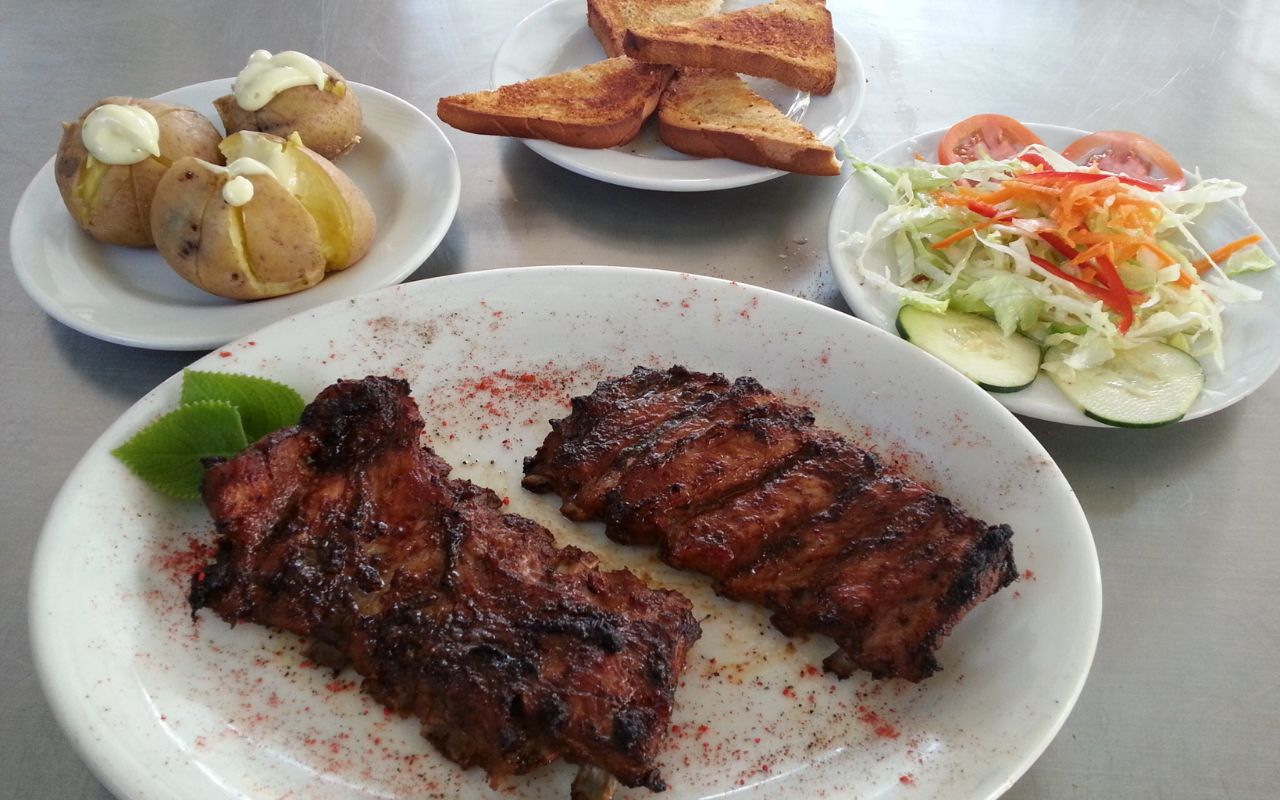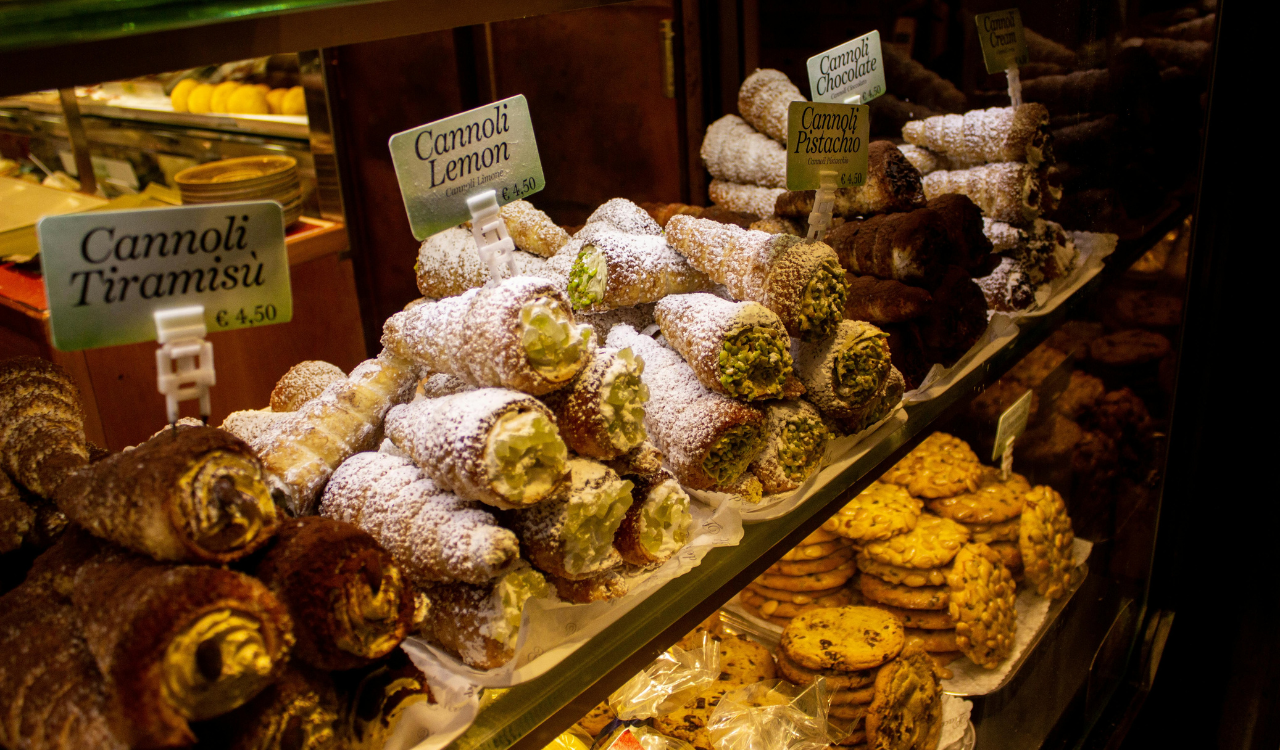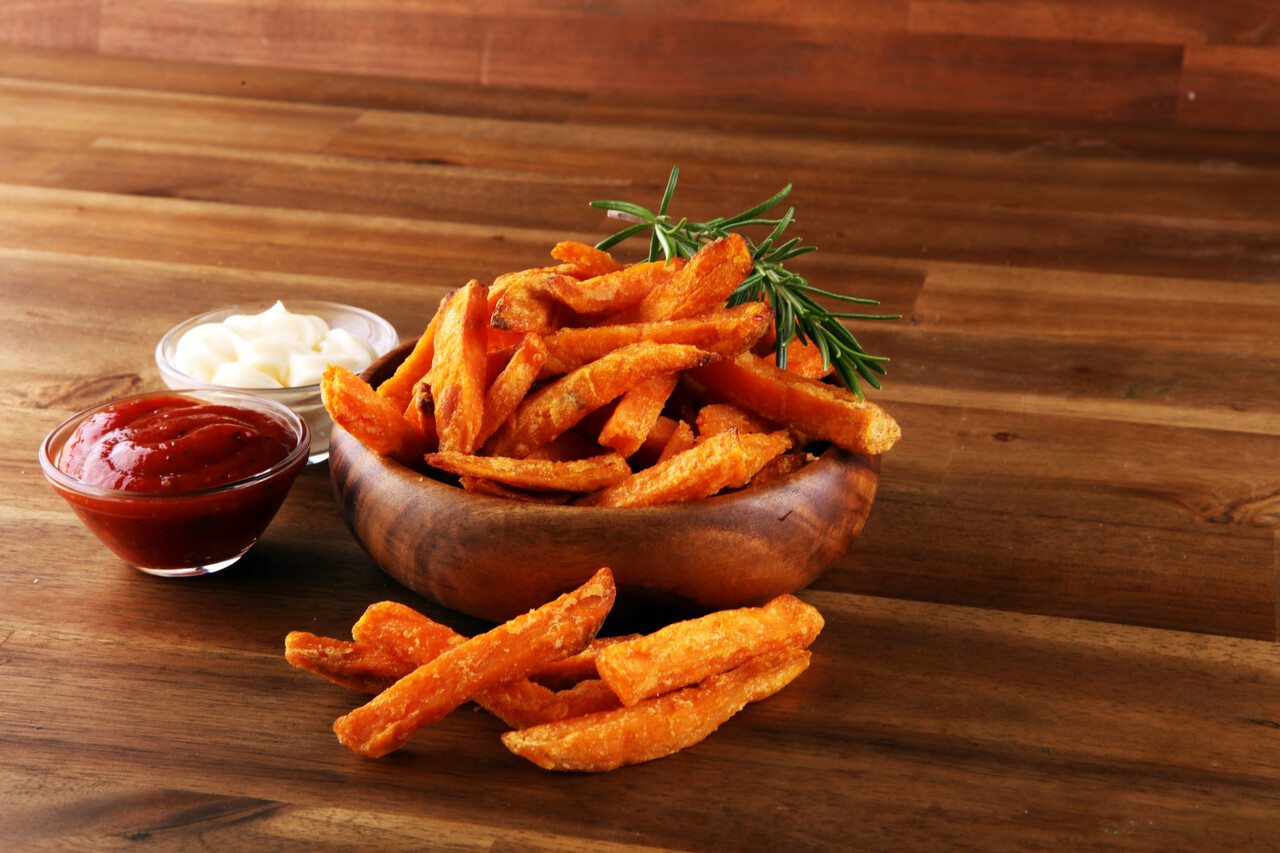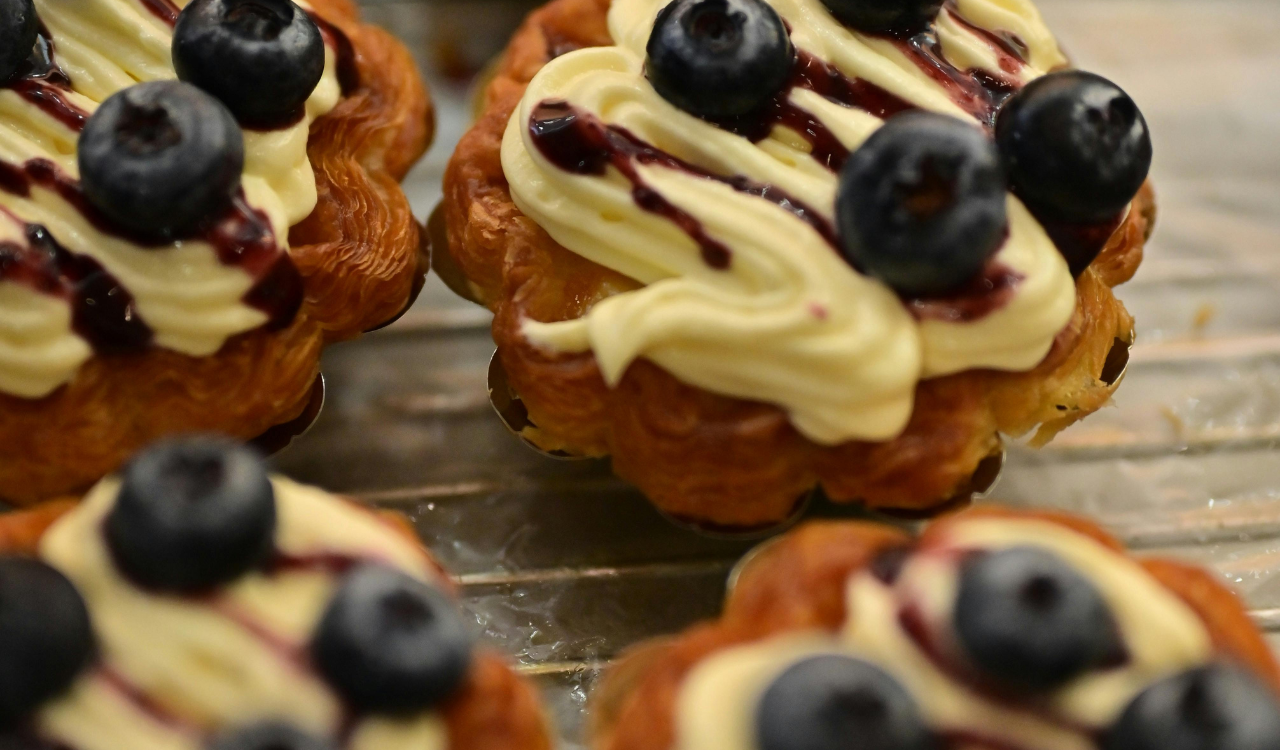11 Home Pizza Tweaks That Rival Local Pizzerias
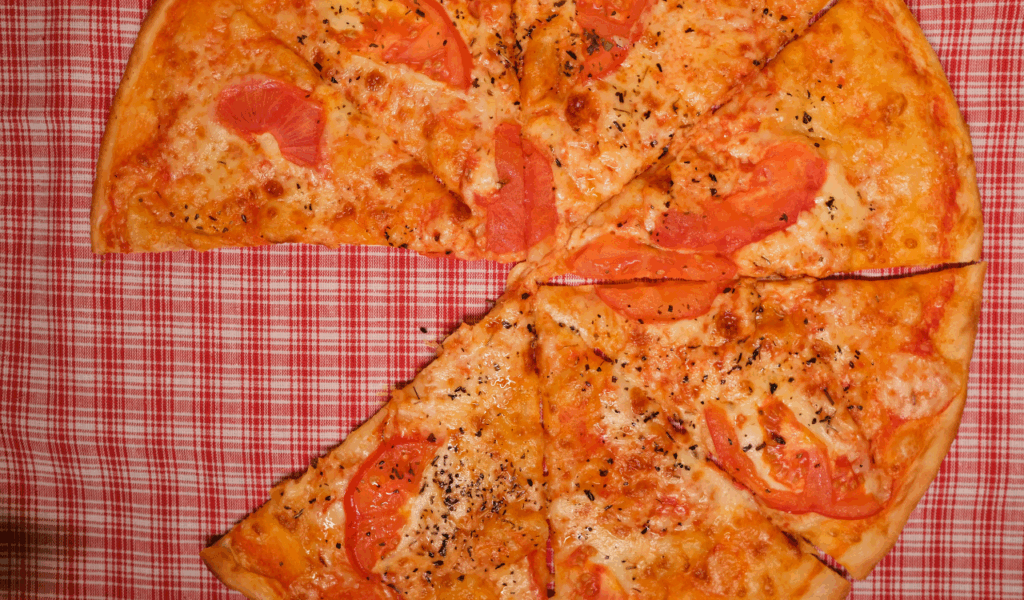
Takeout is perfectly acceptable, but picture removing a hot, bubbling pizza from your own oven that rivals the one from your favorite neighborhood restaurant. Store-bought dough or homemade pies can be transformed into something genuinely unique with a few clever adjustments. Without a brick oven, these 11 pizza upgrades will improve your crust, sauce, toppings, and baking method. These tips will satisfy your cravings for pizza no matter how experienced you are.
1. Use a Pizza Stone or Steel for a Crispier Crust
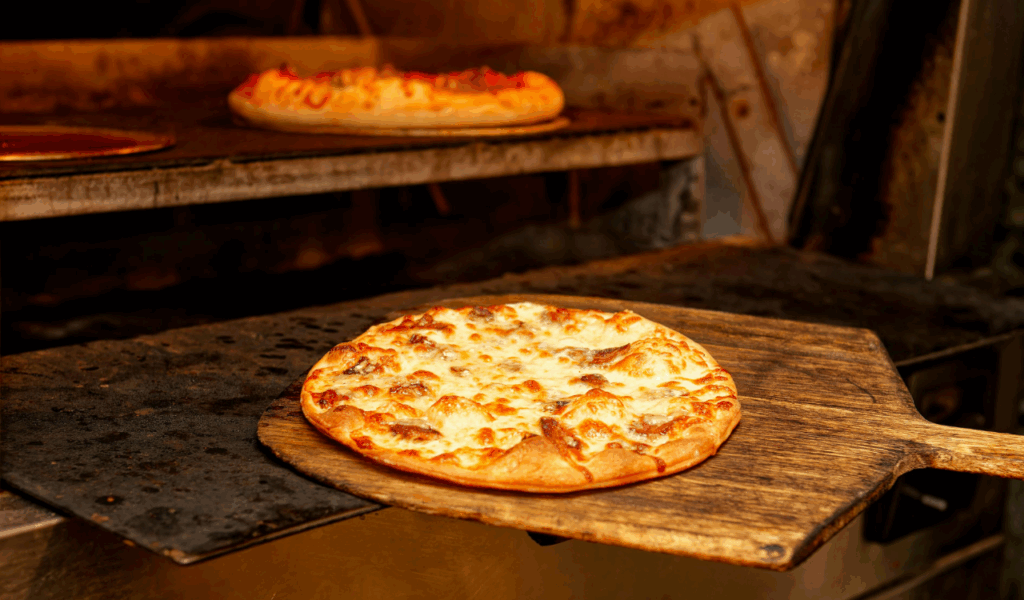
You can get that golden, pizzeria-style bottom by using a pizza stone or steel, which absorbs and holds heat much better than a baking sheet. To make sure the top is blazing hot, preheat the oven for at least forty-five minutes before baking. The dough immediately begins to cook when it comes into contact with that heat, resulting in a crispy exterior and a chewy interior. Without setting up a wood-fired oven at home, it’s the closest thing you can get to restaurant-caliber crust.
2. Let Your Dough Ferment Longer
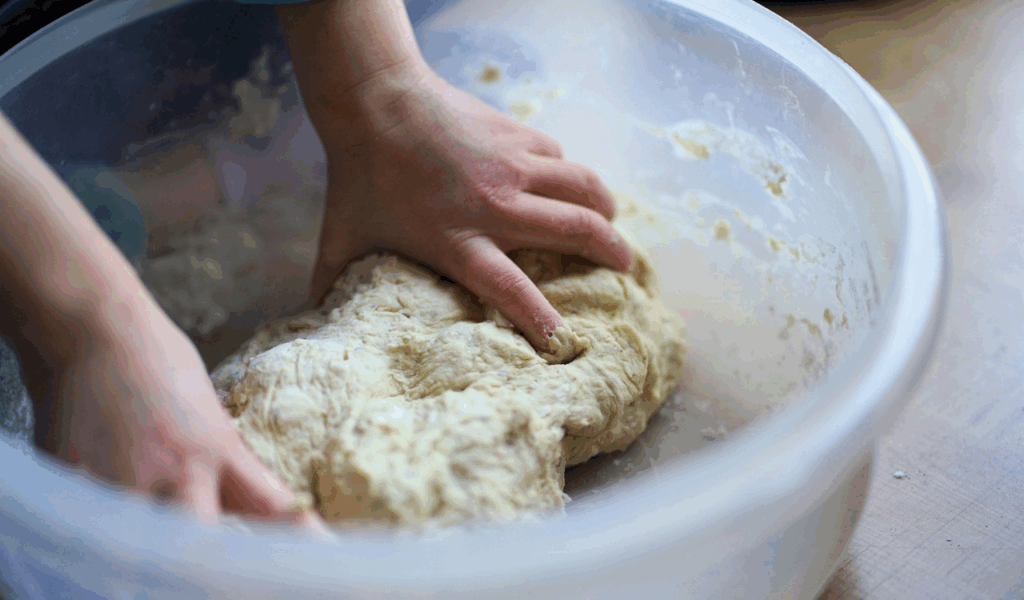
Time is the true key to flavor, but most store-bought or quick pizza dough recipes work in a pinch. Your dough will taste better and have a better texture if you let it ferment in the refrigerator for at least 24 to 72 hours. The crust becomes more elastic, chewy, and stretch-thinner due to the slow fermentation process, which also develops natural yeast flavors. Your patience will pay off with dough that rivals artisanal pies if you simply cover it tightly and place it in the refrigerator..
3. Ditch the Jarred Sauce for a Quick Fresh One
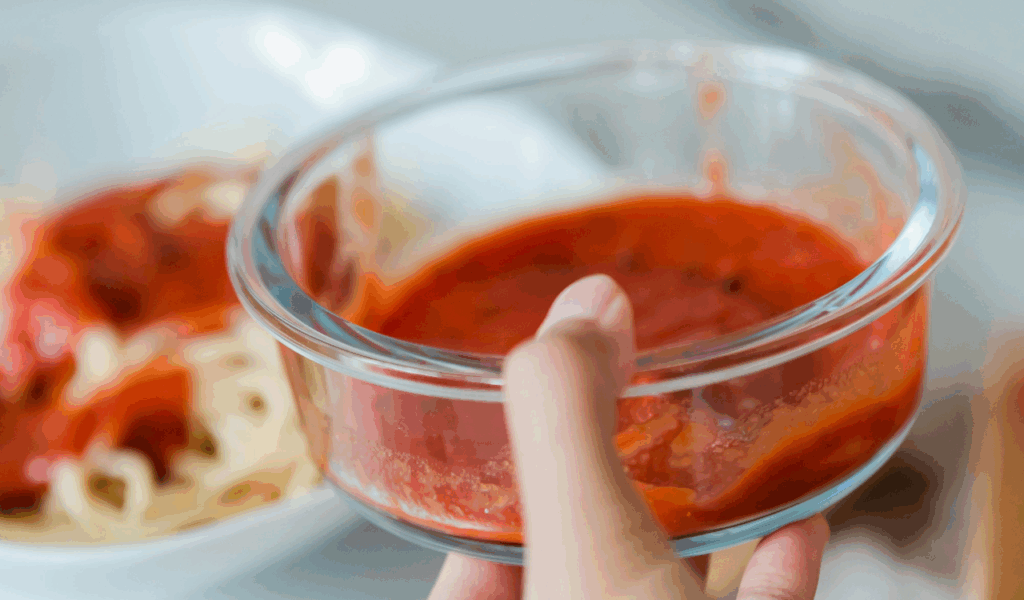
Make your own sauce in five minutes with crushed tomatoes, olive oil, salt, and garlic instead of using overly sweet jarred sauces. Simply stir everything together and let the oven take care of the rest; cooking is not even necessary. A fresh, no-cook sauce won’t overpower the other toppings and lets the tomatoes’ inherent brightness shine. With much less sugar and additives, this easy change gives your pizza a cleaner, more balanced flavor.
4. Use Low-Moisture Mozzarella for Better Melt
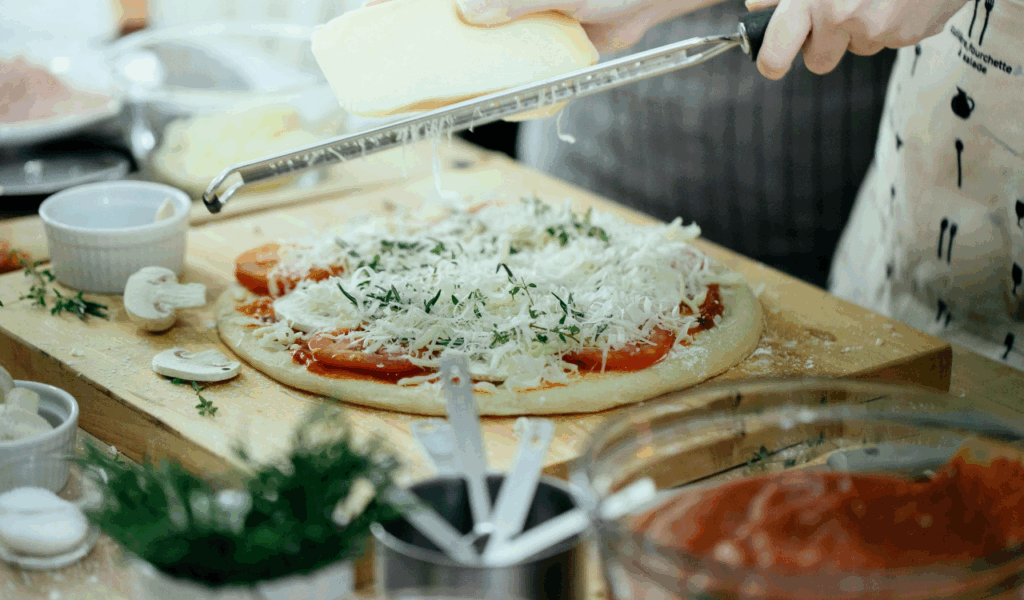
Although fresh mozzarella looks fantastic, it can release a lot of water, which will make your crust soggy. Use low-moisture mozzarella, either pre-shredded or manually grated in the block style, for a more uniform melt and stretch. It provides that traditional gooey, cheesy pull that everyone adores and browns uniformly. For variation, you can still sprinkle some fresh mozzarella on top, but a low-moisture base layer avoids too much moisture and soggy results.
5. Pre-Bake Your Crust for Extra Crispness
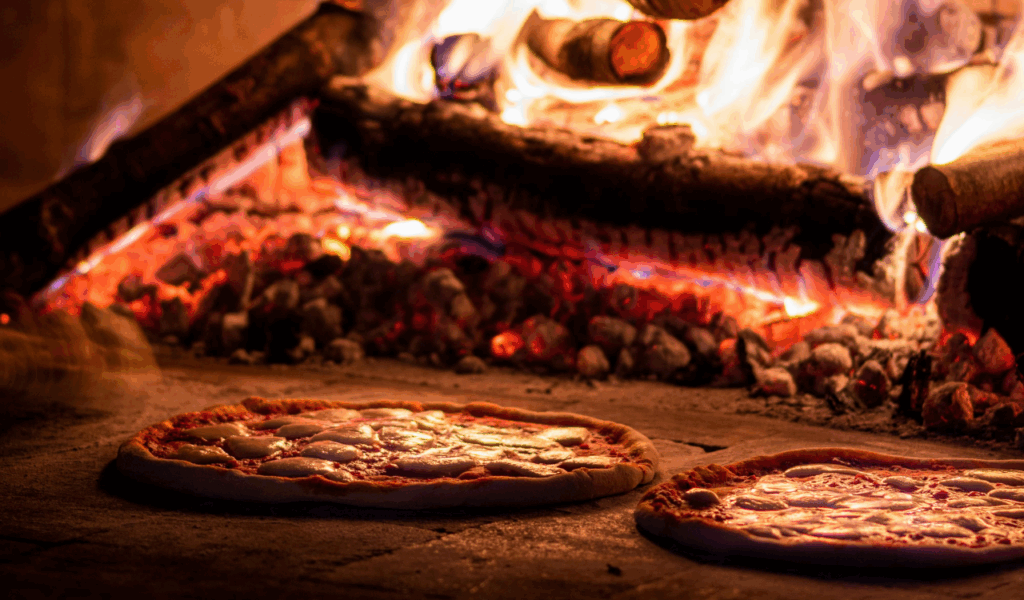
Try par-baking the crust if the center of your pizzas always comes out a little doughy. Before adding the sauce and toppings, bake the stretched dough by itself for 5 to 7 minutes. This helps prevent undercooked centers and gives the base a head start, especially if you’re adding a lot of toppings. The outcome? A thicker, crispier slice that resists crumbling under your hands and can withstand anything from extra cheese to veggies.
6. Add a Drizzle of Olive Oil After Baking
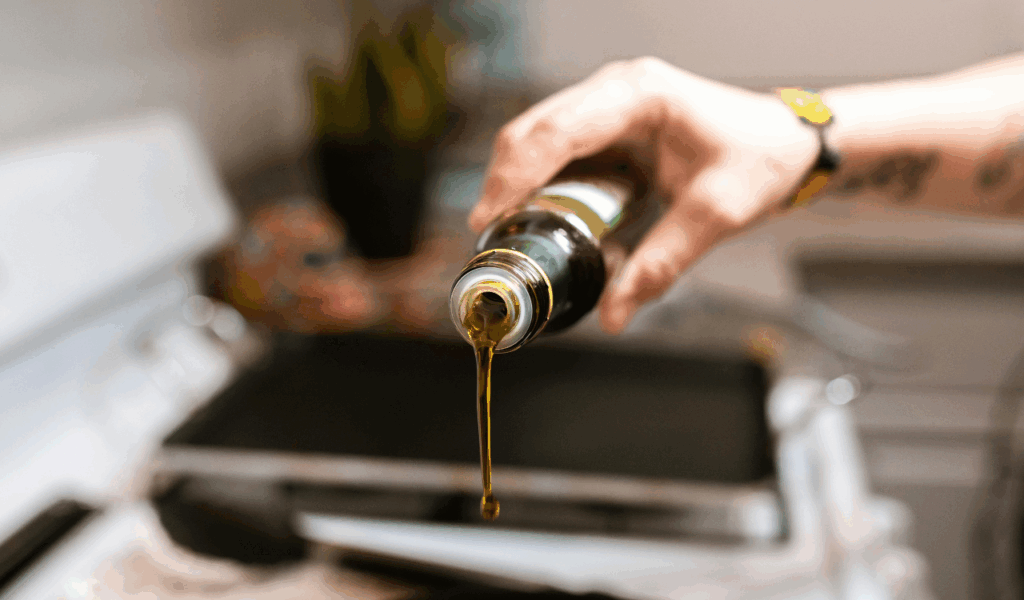
After the pizza is taken out of the oven, a simple drizzle of high-quality olive oil gives it a posh look. It gives your pie a slightly glossy finish, adds flavor and aroma, and makes it look and taste like it came from a professional kitchen. For added flavor, you can add herbs, garlic, or chili flakes to the oil. Even simple pizzas are elevated by this finishing touch, which effortlessly adds restaurant-caliber richness.
7. Top with Fresh Herbs After Baking
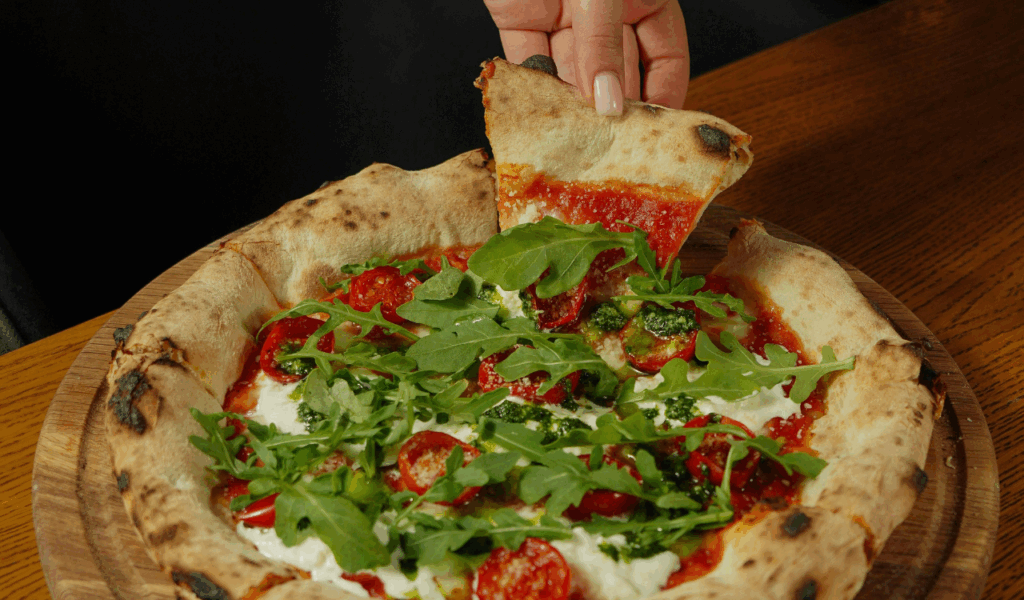
After baking, adding fresh herbs like arugula, oregano, or basil enhances the dish’s flavor and appearance. Herbs can be muted or burned by high oven heat, so adding fresh greens at the end of your pizza keeps them fragrant and vibrant. When not wilted, basil in particular shines, bringing brightness that counterbalances the richness of the sauce and cheese. It’s a tiny detail that gives each slice color and freshness.
8. Don’t Overload the Toppings
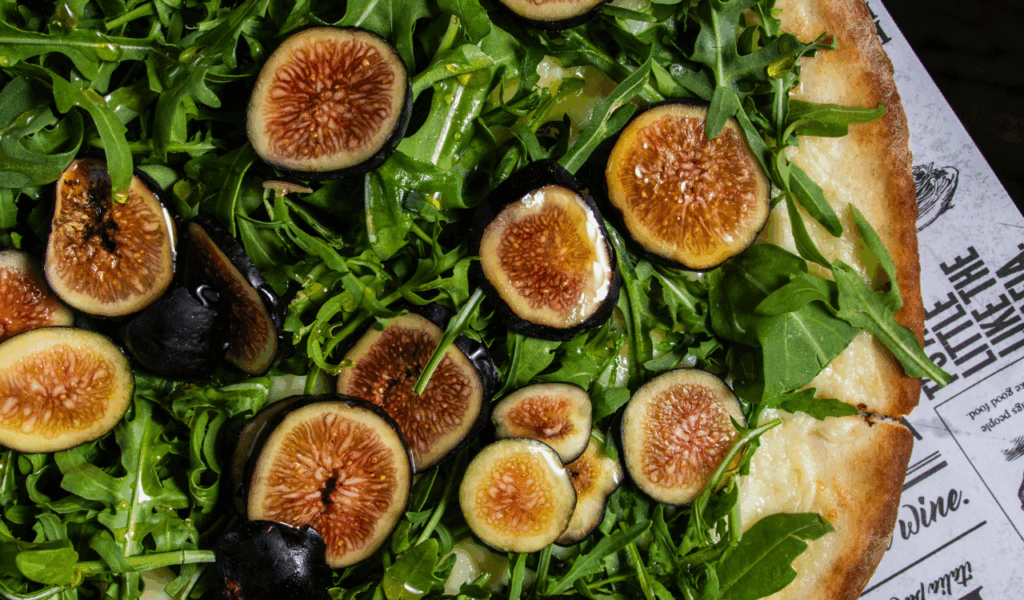
Less really is more when it comes to toppings. Adding too many ingredients to your pizza can result in muddled flavors, soggy crusts, and uneven cooking. Try to keep things balanced; two to three primary toppings per pie is usually more than enough. Don’t pile them all in the middle; instead, distribute them evenly. As a result, you get a slice that is flavorful, crisp, and neither weighed down nor soggy, allowing each ingredient to shine and cook to perfection.
9. Try a Blend of Cheeses for Depth
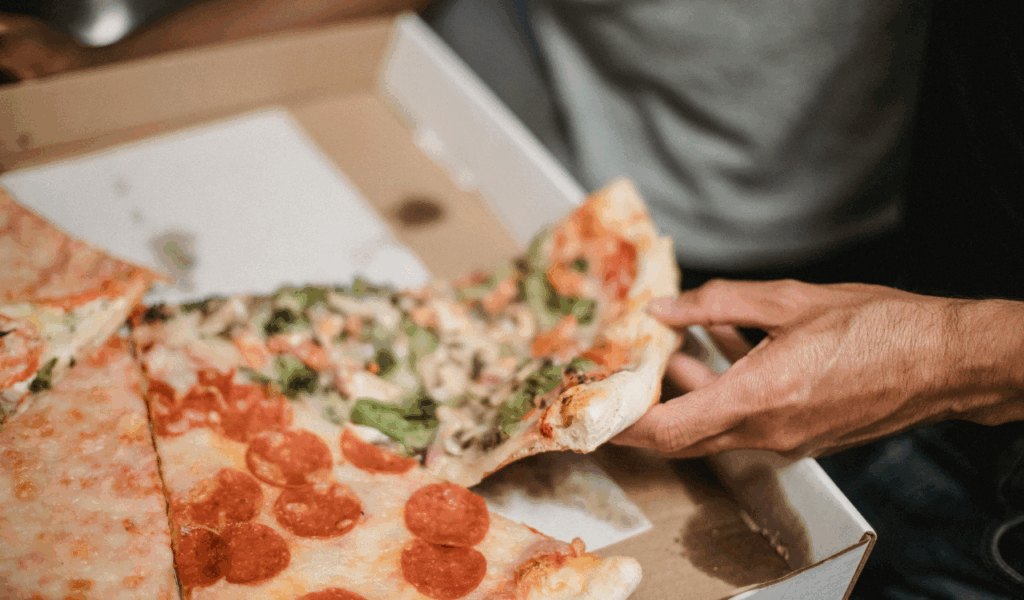
For a more nuanced flavor, try blending cheeses rather than just using mozzarella. For added depth, saltiness, and a better melt, try combining low-moisture mozzarella with provolone, a little sharp cheddar, or even grated parmesan. When properly balanced, each cheese adds a unique flavor that rivals that of your favorite pizzeria. To keep that crust crisp, just pay attention to the moisture content.
10. Bake at the Hottest Temperature Your Oven Allows
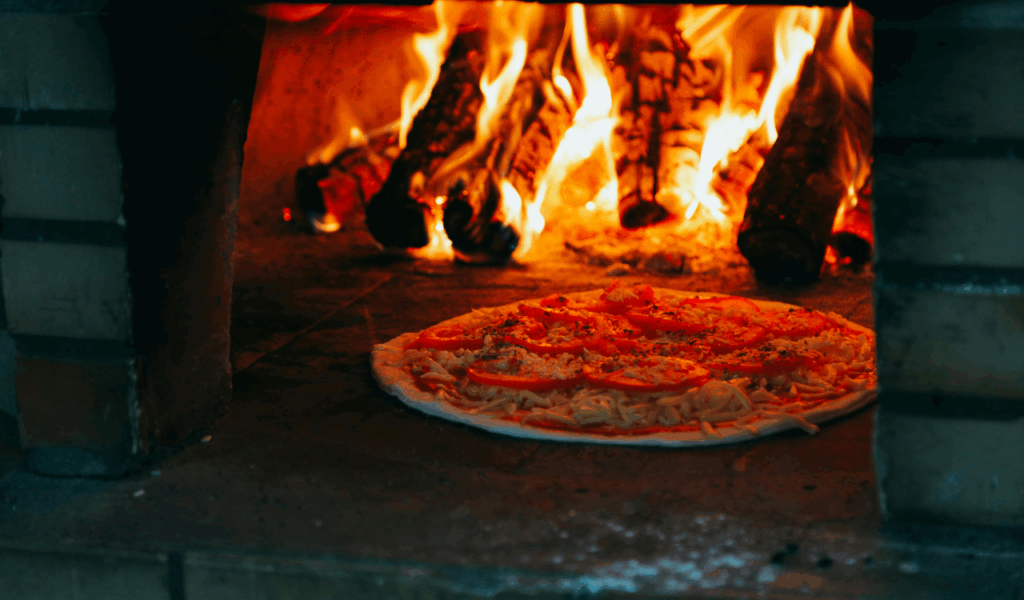
Although home ovens rarely reach pizzeria-level temperatures, you can get closer by baking at the highest setting, which is usually between 475°F and 500°F (245°C and 260°C). The toppings are beautifully caramelized by the intense heat, which also helps to achieve a crisp exterior and chewy interior. For best results, preheat your oven using a pizza stone or steel for at least half an hour. Better browning, better bubbles, and that enticing restaurant-style crust are all results of higher heat.
11. Finish with an Acidic Hit
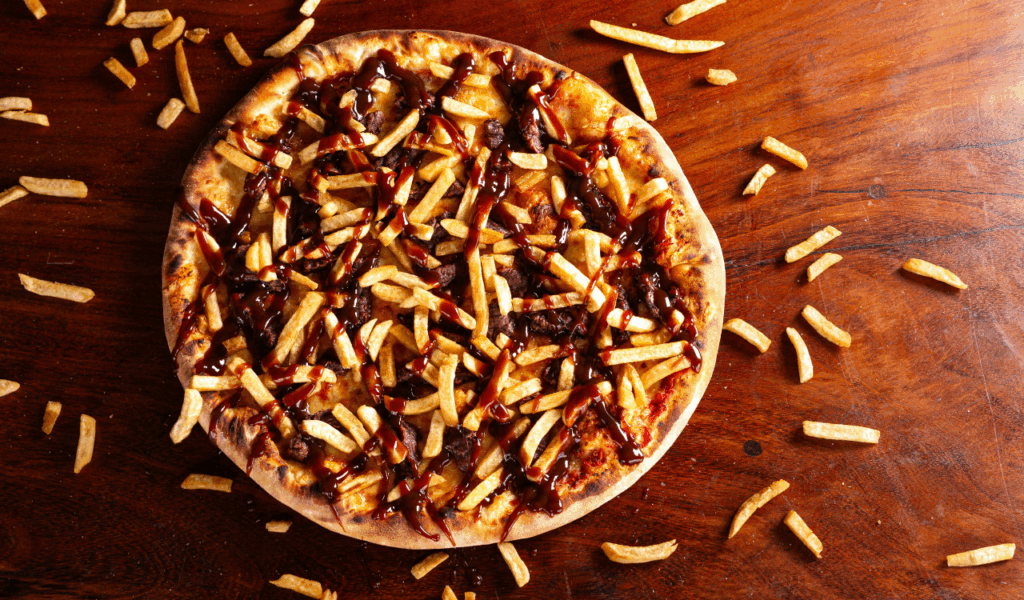
After baking, add a dash of acid to your pizza to balance out its richness. The entire pie can be made brighter with a spoonful of pickled onions, a squeeze of lemon, or a few drops of balsamic glaze. Cheese and meats are balanced by acidity, which also improves the flavor overall and gives your palate a respite. You’ll taste the difference after just one bite of this easy, chef-approved technique that turns your pizza from good to unforgettable.

